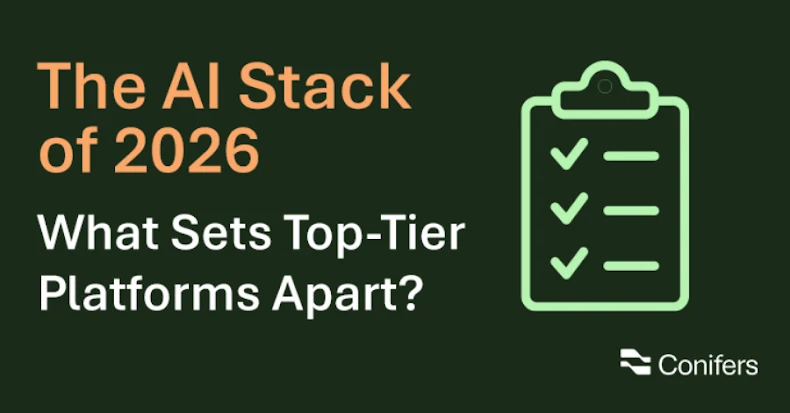
The SOC of 2026 will no longer be a human-only battlefield. As organizations grow and threats evolve in sophistication and velocity, a new generation of AI-powered agents is reshaping how security operations centers (SOCs) detect, respond, and adapt.
However, not all AI SOC platforms are created equal.
Today’s market offers everything from prompt-dependent co-pilots to autonomous multi-agent systems, from smart assistants to force-multiplying automation. Although adoption is still in its early stages (Gartner estimates adoption at 1-5%), the change is undeniable. SOC teams need to ask fundamental questions now. “What type of AI belongs in the security stack?”
Limitations of traditional SOC automation
Despite the promise of legacy SOAR platforms and rules-based SIEM enhancements, many security leaders still face the same core challenges.
Analyst alert fatigue due to redundant low-fidelity triage tasks Manual context correlation across disparate tools and logs Disjointed and static detection and response workflows Loss of organizational knowledge upon turnover or tool migration
Automation promised to solve this, but it often came with its own overhead, including engineering-intensive setups, brittle playbooks, and limited adaptability to sensitive environments.
From copilot to cognitive agent: Moving to a mesh agent architecture
Many AI-enabled SOC platforms rely on copilot-style large-scale language models (LLMs). LLM summarizes alerts, generates reports, and provides canned queries, but requires continuous human prompting. This model provides surface-level speed, but not scale.
The most advanced platforms go even further by introducing mesh agent architectures. It is a coordinated system of AI agents, each responsible for specialized SOC functions such as triage, threat correlation, evidence collection, and incident response.
Rather than a single model responding to prompts, these systems autonomously distribute tasks across AI agents and continuously learn from organizational context, analyst actions, and environmental telemetry.
Seven core capabilities that define leading AI SOC platforms
An overview of today’s AI SOC landscape reveals seven characteristics that consistently distinguish signal from noise.
Multi-tiered incident handling
AI that only assists in tier-1 triage is important. The top-of-the-line platform also supports complex Tier 2 and Tier 3 investigations, including lateral movement, EDR, and phishing detection.
Contextual intelligence
It is important to embed organizational knowledge (risk profiles, security policies, detection engineering, etc.) into the AI operational model and automatically leverage it during hardening. This is the difference between a general suggestion and a contextual decision.
Nondisruptive integration
Platforms that require security teams to abandon existing tools, portals, and daily workflows create friction. Leading solutions work with and within existing systems such as SIEM, case management, and ticketing without the need for retraining.
Adaptive learning with telemetry feedback
Static playbooks are fragile. The most effective AI platforms include continuous learning loops that use past decisions and analyst feedback to adjust models and improve future responses.
Agent AI architecture
Platforms that leverage multiple AI engines (LLM, SLM, ML classifiers, statistical models, and behavior-based engines) perform better than platforms that use monolithic models. The right architecture selects the right AI tools for each type of incident.
Transparent metrics and ROI
Indicators like MTTD/MTTR are just the beginning. Organizations now expect to measure research accuracy, analyst productivity gains, and risk mitigation curves.
Step-by-step AI trust framework
The best-performing platform allows SOCs to incrementally expand their autonomy. Start with humans and move to more reliable automation as performance is validated.
Spotlight: The rise of agent AI for security operations
One emerging platform in this space is Conifers.ai’s CognitiveSOC™, which has a unique implementation of a mesh agent AI architecture. Unlike tools that require continuous prompts or scripts, Conifers CognitiveSOC™ leverages pre-trained, task-specific agents that continuously capture and apply your organization’s context and telemetry. These AI SOC agents independently manage and resolve incidents while maintaining human visibility and control through phased rollout options.
The result is a system that powers not just triage, but the entire SOC pipeline. It helps the team:
Reduce false positives by up to 80% Reduce MTTD/MTTR by 40-60% Handle Tier-2 and Tier-3 investigations without burdening analysts Measure SOC performance using strategic KPIs, not just alert counts
For large enterprises, CognitiveSOC bridges the gap between SOC efficiency and effectiveness. For MSSPs, we offer a true multi-tenant environment with per-client policy adjustments and tenant-specific ROI dashboards.
AI in the SOC: Scalability, not autonomy
Despite advances, the idea of a fully autonomous SOC remains more fiction than reality. Today, AI is most often used to augment human expertise rather than replace it. It requires human input and feedback to learn, refine, and improve.
With increasing threats, analyst burnout, and talent shortages, the choice is no longer whether to adopt AI in your SOC, but how to do it wisely. Choosing the right AI architecture can determine whether your team stays ahead or behind threats.
final thoughts
AI in cybersecurity isn’t about magic; it’s about math, models, and mission alignment. Even the best platform doesn’t promise manual autonomy or overnight results. Instead, you get measurable efficiencies, increased analyst influence, and tangible risk mitigation without giving up the tools and teams you trust.
As 2026 approaches, the SOC team has a clear mission. It’s about choosing an AI platform that thinks with you, not just for you.
Visit Conifers.ai to request a demo and experience how CognitiveSOC can be the right AI SOC platform for your modern SOC.
Source link

